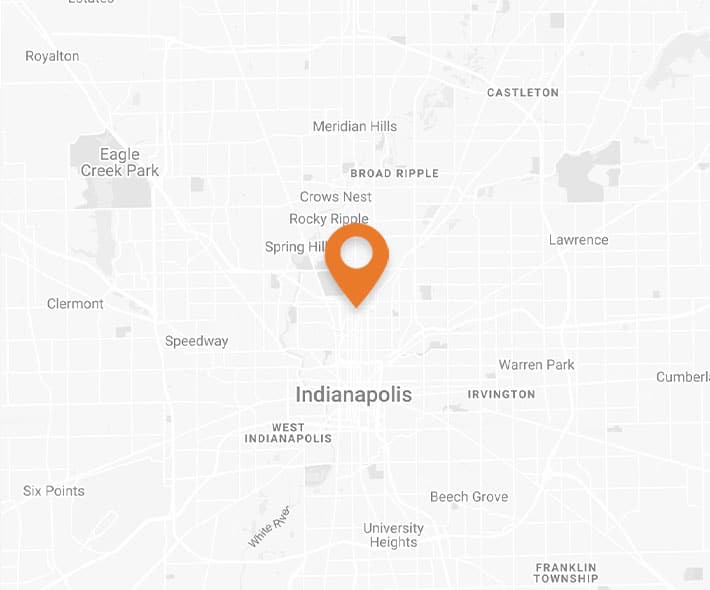Aviation Accidents: The Dangers of the Runway
Updated March 4, 2020 | By Wilson Kehoe Winingham staff
When you think of aviation accidents, your first thought is probably dramatic and maybe a bit cinematic: a mid-air collision between two commercial planes, for example, or engine failure over water with no land in sight.
However, the reality is that most aviation accidents occur on the runway during takeoff and landing. In fact, the world’s deadliest aviation accident to date occurred on March 27, 1977, when two jumbo jets collided on a runway at an airport in the Canary Islands, killing 583 passengers and crew and injuring all of the 61 survivors.
Landing and takeoff conditions are a coordinated effort among several parties, and any deviation from the plan can result in catastrophe.
Types of Runway Aviation Accidents
Runway conditions create an environment with increased risk: planes are in close proximity to one another, are close to the ground, and have less maneuverability due to slower speeds.
Runway Excursions
When an aircraft overruns, overshoots, or veers off the runway, the accident is known as a runway excursion. These excursions can be caused by a variety of factors including the condition of the runway itself and are the most common type of runway accident.
Runway Incursions
Runway incursions, on the other hand, occur when an aircraft collides with another plane, an unauthorized vehicle, a person on the runway, or any other misplaced or invasive foreign object on the runway. Although less common than runway excursions, the consequences of runway incursions are clear, as exemplified by the 1977 runway disaster.
Causes of Aviation Accidents on the Runway
The causes behind runway accidents generally fall into one or more of three categories: pilot error, air traffic controller error, and ground personnel error.
Errors committed by the pilot can be a factor in runway accidents. For example, if a pilot crosses a runway without clearance, they could collide with another plane or object. Similarly, air traffic controllers could transmit incorrect information or misread their airport data. Ground personnel could leave a baggage cart or fuel truck in the wrong place, leading to a runway collision.
While these three groups of responsible individuals are different, they have an underlying thread in common: Poor planning and decision-making as well as a lack of planning and experience can lead to disaster.
Contact an Aviation Accident Attorney Today
Two of our attorneys at WKW are licensed pilots with a wide range of ratings and experience. Both pilots hold a commercial license, flight engineer certificate, instrument and multi-engine aircraft ratings as well as flight experience in Boeing 727s and many private aircraft.
If you or a loved one have been in an accident involving any type of aircraft, our legal team and aviation experts can help you get the compensation you deserve. Call 317.920.6400 or fill out an online contact form for a free, no-obligation case evaluation.
Contact Us
Let WKW put our experience to work for you. Contact us for your free case evaluation.
Or, call us today at (317) 920-6400


